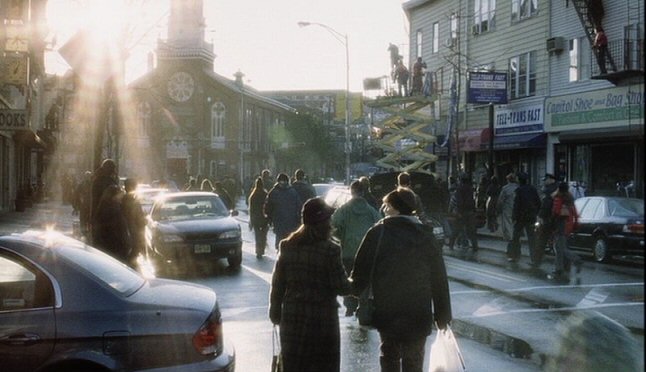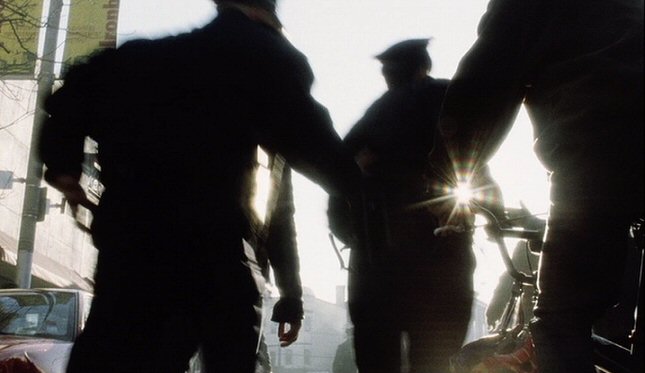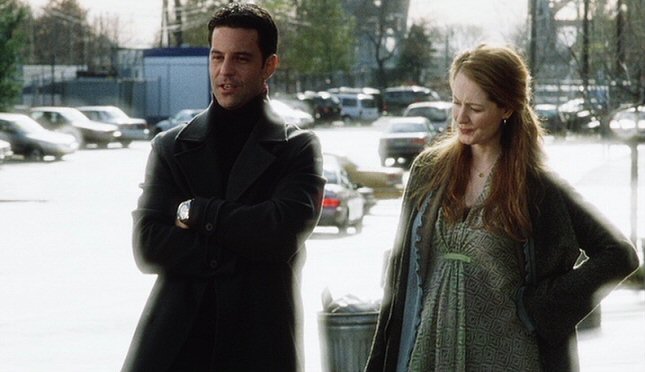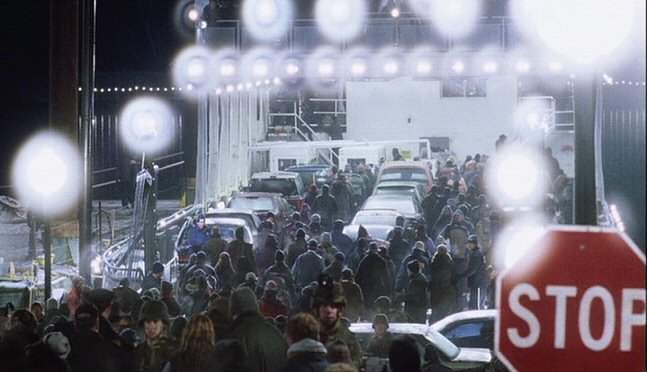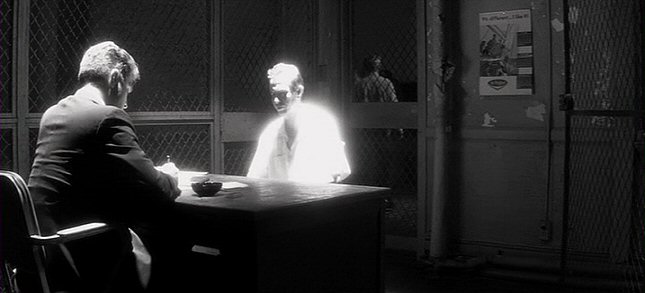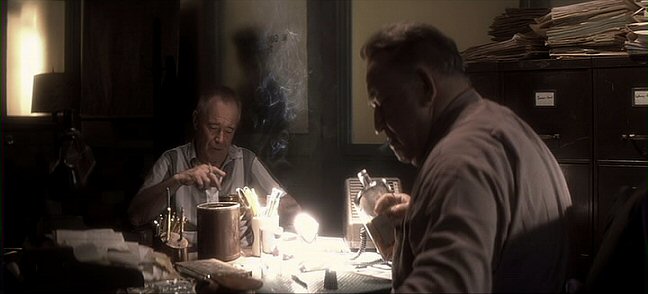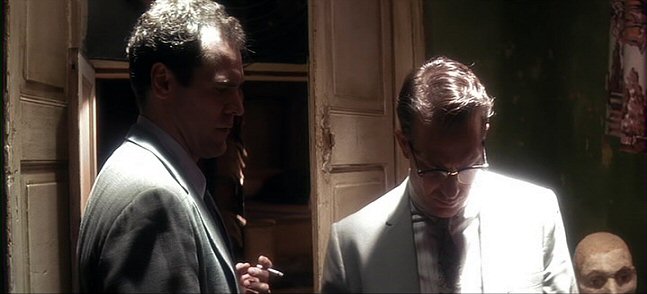There are two common types of diffusion -- one involves suspended "mist" particles that cause bright areas to fog, like Fog, Low-Con, ProMist, GlimmerGlass, etc. do.
But real diffusion involves throwing an out-of-focus image over a sharp image. To do this, you need a pattern in the filter that throws areas out-of-focus but has clear areas that let a sharp image come through. In a black net, the lines of the net serve to diffract and soften details while the gaps in the net allow the sharp image to come through.
But with most glass diffusion filters, there is some sort of bubble or dent or other dimple in the glass that blurs the image at that point, surrounded by clear areas that don't soften the image. In the case of Classic Softs, there is a fairly obvious and regular grid pattern of round or circular depressions, a "lenslet". The size of that round dent affects how heavy the effect is. And what focal length lens you use will affect how large that circular concave bump is relative to the image size. So at certain focal lengths with certain degrees of Classic Soft, you end up with a small ring effect around the light (usually longer lenses); other times, it's more of a round bubble effect (usually wider-angle lenses). For example, here you see more of a ring forming:
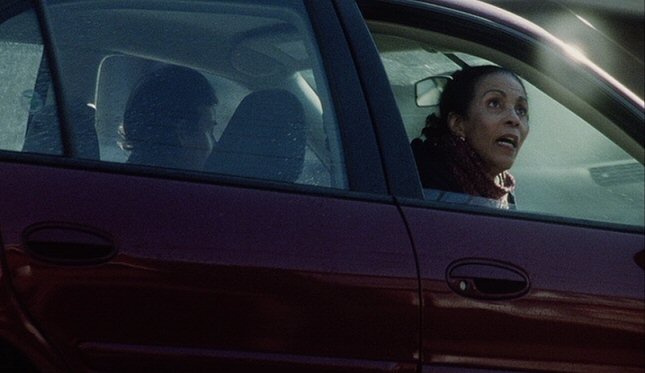
Other diffusion filters (like Soft-FX or Diffusion-FX) use smaller and more irregular patterns, making it harder to see this effect. Schneider, who makes the Classic Soft, has made a version with smaller lenslets for people shooting HD where too much depth of field can make the pattern too obvious. I think they are calling this new pattern "HD Classic Soft" and they have a version of that combined with a Black Frost filter called "Hollywood Black Magic".






